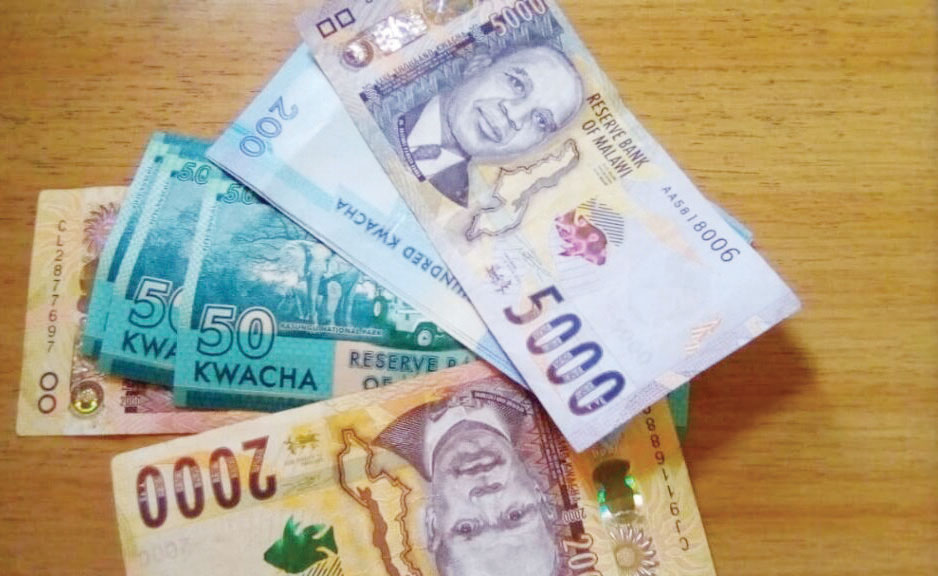
The Challenge of Counterfeit Currency in Malawi
In the bustling markets and daily transactions of Malawi, there is a silent threat lurking beneath the surface: counterfeit currency. This illegal activity has seeped into the local economy, posing risks to businesses, individuals, and the overall financial stability of the nation. Let’s explore the issue of counterfeit currency in Malawi, its impact, and what measures can be taken to address this pressing concern.
The Spread of Fake Money:
Malawi, a country known for its warm-hearted people and vibrant culture, is not immune to the infiltration of counterfeit currency. Fake banknotes have found their way into circulation, mingling with genuine money and causing headaches for businesses and residents alike. This nefarious practice presents a significant challenge that must be addressed.
Impact on Businesses:
Businesses in Malawi face the brunt of the counterfeit currency dilemma. From small vendors to large enterprises, accepting fake money can lead to substantial financial losses. This not only affects the bottom line of businesses but also disrupts the smooth operation of commerce and erodes trust in the local currency.
Risks to Individuals:
Everyday transactions in Malawi come with a risk of encountering counterfeit . Whether it’s buying groceries at a market or paying for services, individuals may unwittingly accept fake banknotes. This poses a direct threat to the financial well-being of residents, as fake money reduces their purchasing power and erodes confidence in the financial system.
Identifying Counterfeit Currency:
Knowing how to recognize counterfeit currency is crucial for businesses and individuals . Here are some key features to look out for:
- Watermark: Genuine Malawian Kwacha notes feature a watermark of the portrait of the noted historical figure depicted on the banknote. This watermark should be visible when held up to the light.
- Security Features: Look for security threads and holographic features on genuine banknotes. These are designed to prevent counterfeiting and should be present and visible.
- Color and Printing Quality: Counterfeit notes may exhibit discrepancies in color or blurry printing. Compare suspect notes with genuine ones for differences in detail and quality.
- Texture and Feel: Authentic banknotes have specific textures and raised printing that can be felt with your fingers. Counterfeit notes may lack these tactile features.
Reporting Suspected Counterfeit Currency:
If you come across a banknote in Malawi that you suspect is counterfeit, here’s what you should do:
- Do Not Circulate: Refrain from using or passing on the suspected fake money to prevent its further circulation.
- Report to Authorities: Contact the Reserve Bank of Malawi or local law enforcement to report the counterfeit currency. They have specialized units to handle such cases and investigate counterfeit money operations.
Public Awareness and Vigilance:
Raising public awareness about counterfeit currency is vital in Malawi. Educational campaigns and workshops can help residents and businesses recognize the signs of fake money. By remaining vigilant and informed, we can collectively combat the circulation of counterfeit currency and protect the integrity of Malawi’s financial system.
Conclusion:
Counterfeit currency presents a significant challenge in Malawi, impacting businesses, individuals, and the economy as a whole. By familiarizing ourselves with the security features of genuine banknotes and promptly reporting suspected cases, we can work towards a more secure financial environment. Let’s unite to address the issue of counterfeit currency and safeguard the financial integrity of Malawi.
